
One aspect of working for the National Park Service I have always loved is the mixing of people of different ages and backgrounds. The residence compounds in parks where I have worked are small remote communities, populated with permanent workers and seasonal workers, maintenance workers and law enforcement workers, campground workers and interpreters, bear techs and botanists, people in their 50s and 60s along with those in their 20s. While the permanent staff often have satellite entertainment, many enjoy the camaraderie of the seasonals each busy season. We seasonals rarely watch TV or listen to the radio. We enjoy each other’s company.
Here in Brooks Camp it goes double. Safety being in numbers and what with the possibility of bears about and the surety of the icy water of Naknek Lake, we recreate with other people. We hike together, boat together, bike together, shoot hoops, watch movies and play cards. Potlucks are a park service specialty. Tonight we attended a very special potluck with folks who can have quite a different life from park service employees.
As a general rule the National Park Service refrains from selling goods and services to the visiting public. Two types of concerns fill that role.
Commercial Use Operators [CUAs] do business in a national park on an intermittent or at least non-residential basis. Tour bus operators would be a typical example. In Katmai National Park the tour buses have floats and fly. Once the salmon run and the bears arrive, CUAs will bring many loads of visitors each day.
With a much more permanent presence in national parks are concessionaires. National parks like to hand a concession monopoly to a company to operate restaurants, snack bars, grocery stores, gift shops, equipment rental shops, and tours originating inside the park.
Katmailand has been the concessionaire here for decades. They operate the 16-room lodge, buffet-style restaurant, equipment rentals, and bus trips to the Valley of Ten Thousand Smokes. Katmailand has about 3 ½ months each year to make a profit. I’m told their staff works six days per week, live in quarters even tinier than ours, and is not well paid. Concession employees at Sequoia and Everglades work under similar conditions, one exception being the wait staff at the restaurants receiving significant tips.
As a kickoff to the public opening of Brooks Camp on Thursday, tonight Katmailand and the NPS held a joint potluck. In the past I’ve attended these “mixers” in Sequoia National Park. Trouble is, nobody mixes. The parkies stay as one and likewise the concession folks. We might see one or two crossovers. Tonight was different for the most part. We stirred well and kept oil and water blended for a good part of the evening. As the evening wore on, the two separated as is their nature, but I very much enjoyed the temporary mixture.
After a bit of training today I feel compelled to make a disclaimer, especially since from here on out photos may show others and me in uniform. This running account of my summer in Katmai National Park is strictly personal. I make no apology for it being Tim-centric; as much as a communication to all of you, it is a journal for me. More importantly, I write this from a personal not professional perspective and do not claim to represent the National Park Service.






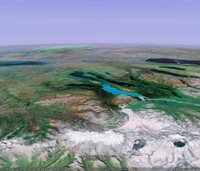
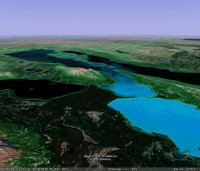



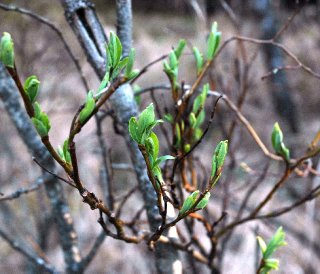

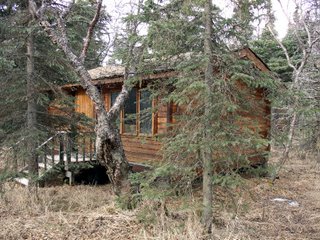
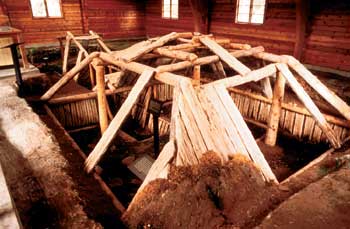
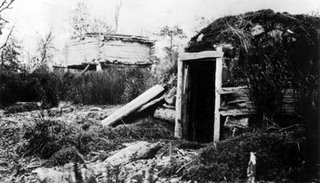
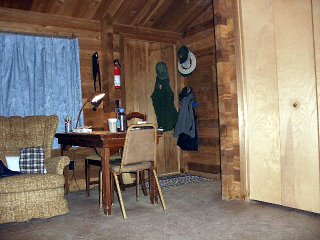


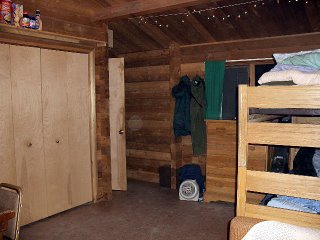



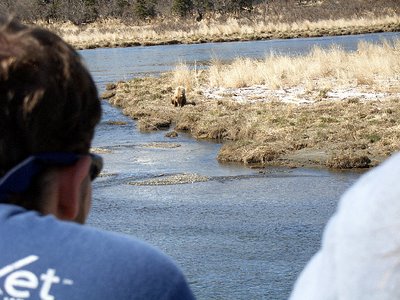
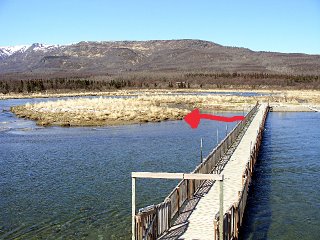
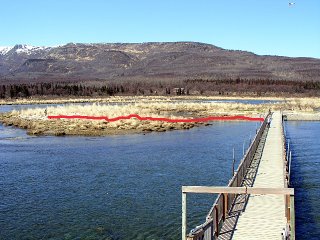
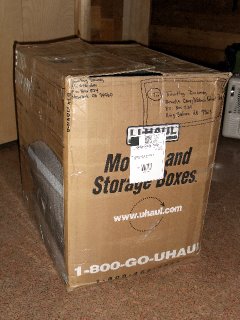


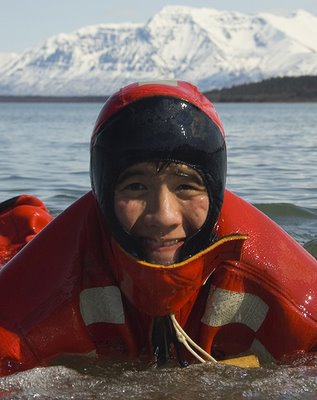


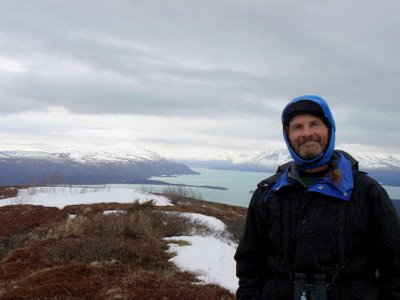

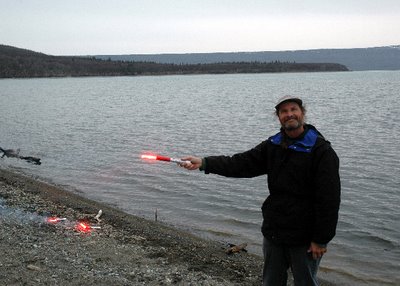

.jpg)
